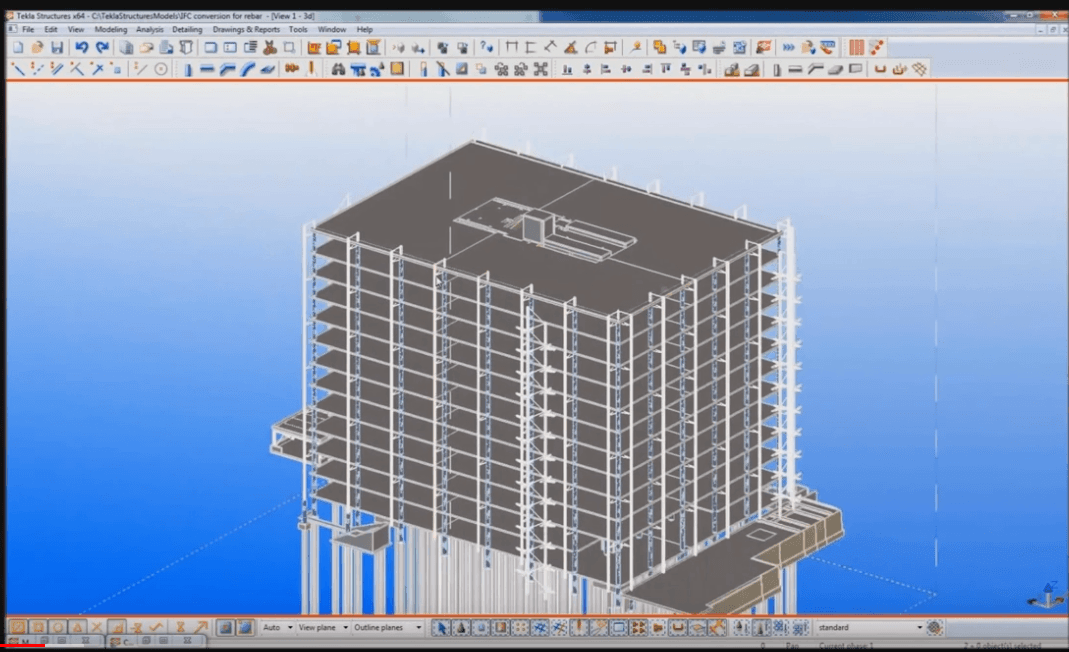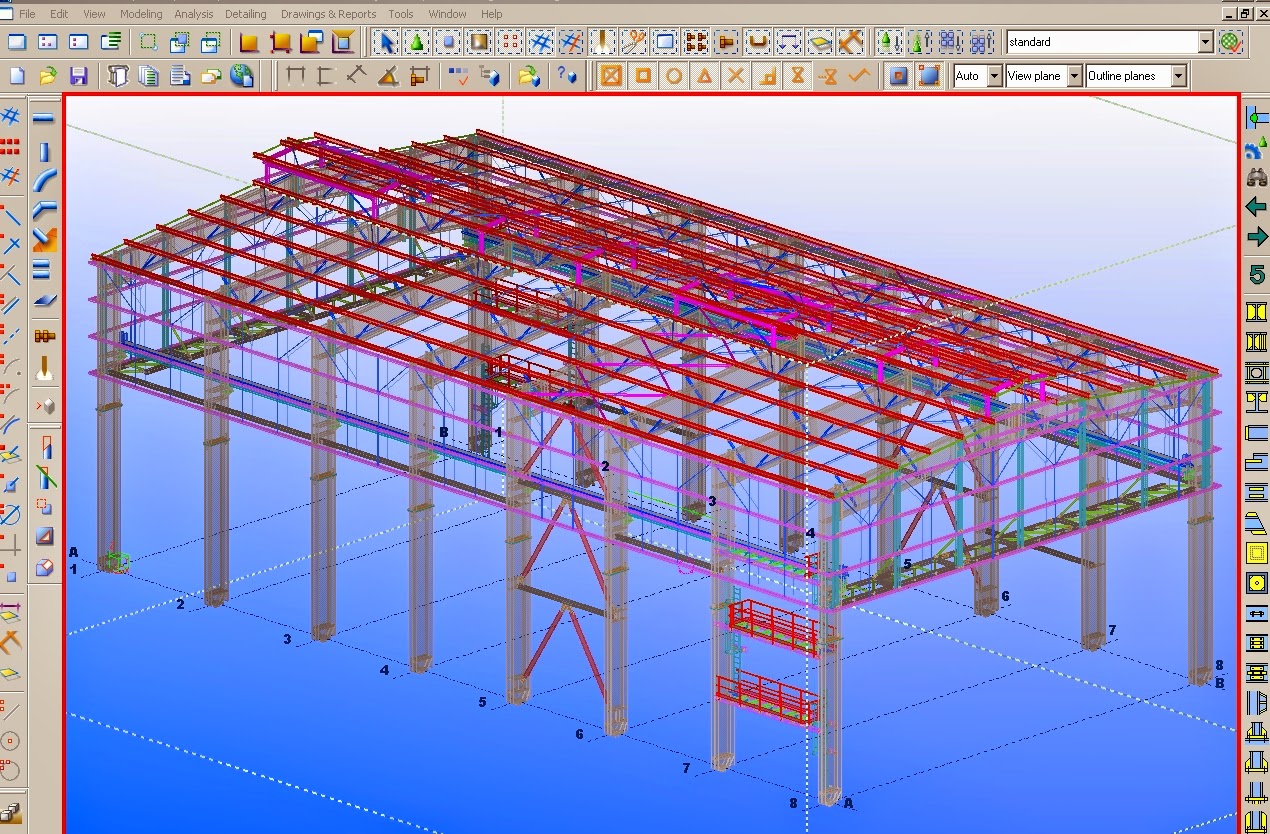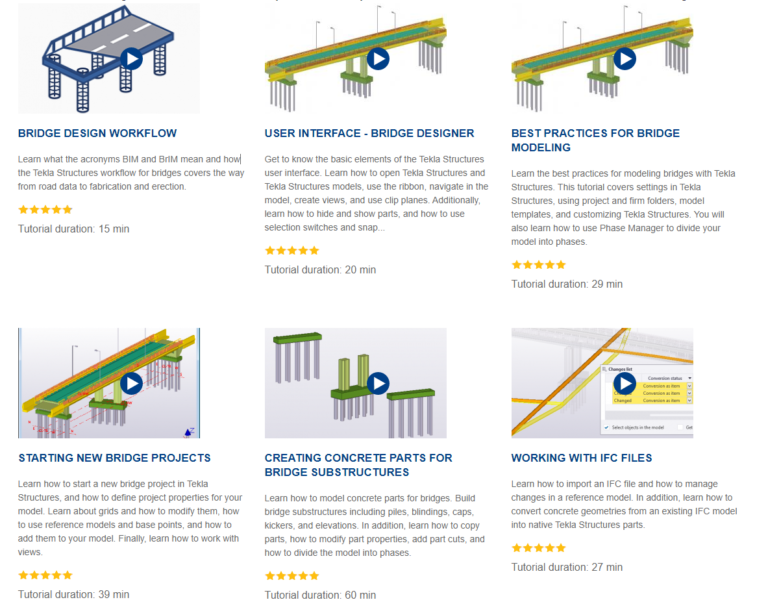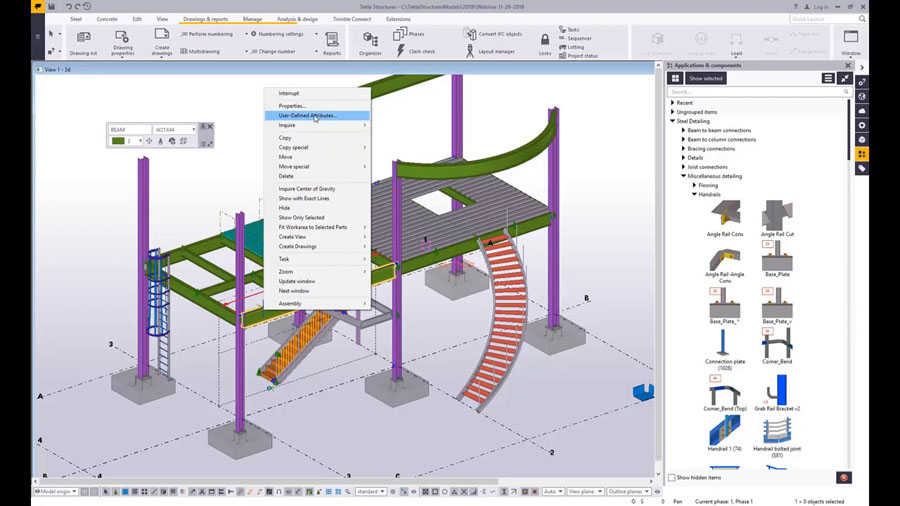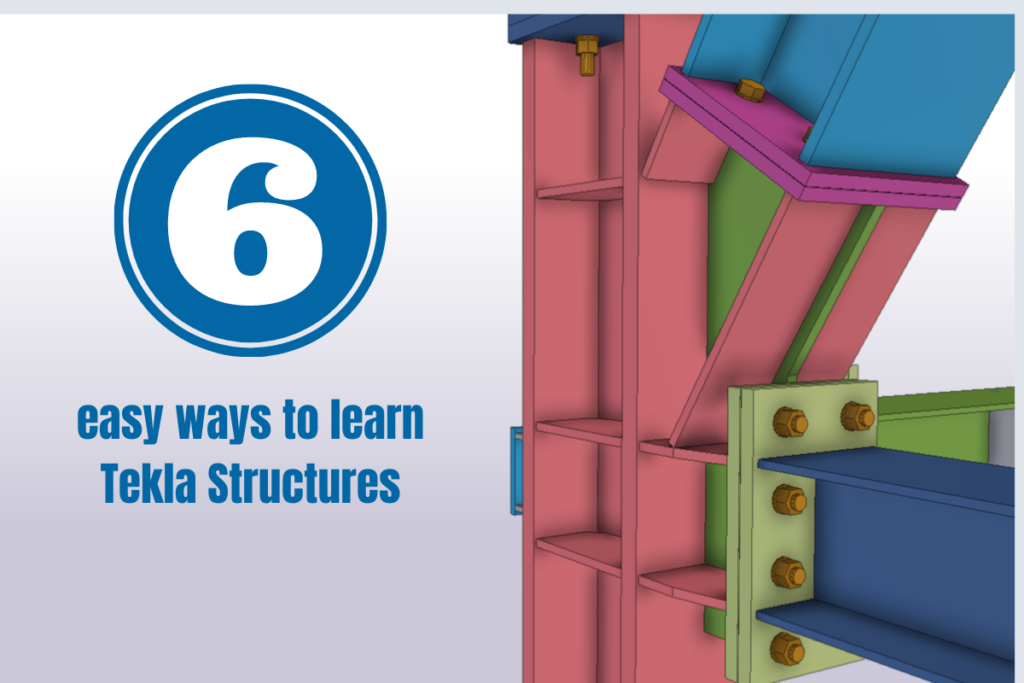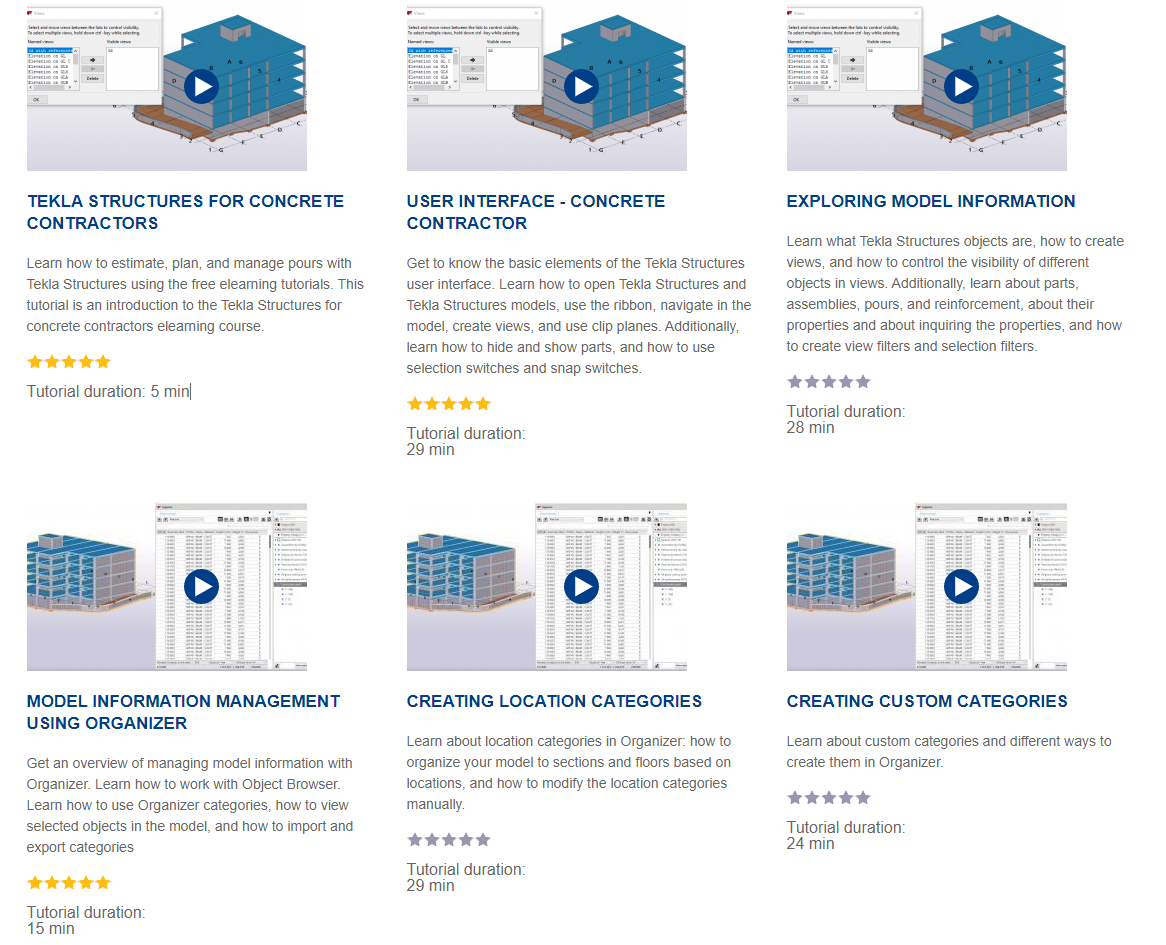Tekla Structure Modeling Tutorial Pdf

The global construction industry, a behemoth responsible for trillions in annual economic activity, faces a persistent challenge: bridging the gap between complex design and efficient execution. The lack of skilled professionals proficient in Building Information Modeling (BIM) software, particularly Tekla Structures, continues to hinder project timelines and budgets. This software is crucial for structural engineering and detailing, and accessible training resources are becoming increasingly vital.
This article examines the increasing demand for Tekla Structures modeling tutorials in PDF format, exploring the reasons behind its popularity, the types of content available, the impact on the industry, and the challenges in ensuring quality and accessibility. We will delve into the rise of digital learning resources, the specific needs of structural engineers and detailers, and the implications for both seasoned professionals and those entering the field.
The Appeal of PDF Tutorials
The preference for PDF format tutorials stems from its accessibility and portability. Unlike online platforms or software-specific help files, PDFs can be easily downloaded, stored, and accessed offline. This is particularly useful for professionals working on-site or in areas with limited internet connectivity.
Furthermore, PDFs offer a consistent viewing experience across different devices, regardless of operating system or software version. This reliability makes them a popular choice for learners who want a dependable resource they can refer to repeatedly.
Content and Scope
Tekla Structures PDF tutorials vary widely in scope and content. Some focus on basic modeling techniques, covering topics such as creating structural members, connections, and drawings. Others delve into more advanced subjects like parametric modeling, custom component creation, and integration with other BIM software.
Many tutorials are geared towards specific structural materials, such as steel, concrete, or timber. This specialization allows users to find resources tailored to their specific project needs and expertise.
The most effective tutorials often include step-by-step instructions, screenshots, and sample models. Practical exercises and real-world examples further enhance the learning experience.
Impact on the Construction Industry
The availability of accessible Tekla Structures tutorials has a significant impact on the construction industry. By lowering the barrier to entry for learning BIM software, these resources help address the skills gap and improve project efficiency.
Skilled Tekla Structures modelers are essential for accurate detailing, clash detection, and fabrication planning. Improved proficiency in these areas can lead to reduced errors, faster construction timelines, and lower overall project costs.
"The demand for skilled Tekla Structures modelers is constantly increasing. Accessible training resources are crucial for meeting this demand and ensuring the industry can leverage the full potential of BIM," says John Andersen, a senior structural engineer at a leading construction firm.
Challenges and Considerations
Despite the benefits, there are challenges associated with Tekla Structures PDF tutorials. The quality of these resources can vary significantly, with some being outdated, incomplete, or even inaccurate.
It is crucial for users to carefully evaluate the source and credibility of any tutorial before relying on it for critical project tasks. Official documentation, reputable training providers, and experienced professionals are often the best sources of reliable information.
Another challenge is keeping up with the constant updates and new features in Tekla Structures. Tutorials that are not regularly updated can quickly become obsolete, potentially leading to errors or inefficient workflows.
The Future of Tekla Structures Training
The demand for accessible and effective Tekla Structures training is likely to continue to grow. As BIM becomes increasingly integral to the construction industry, the need for skilled professionals who can leverage the software's capabilities will only intensify.
Moving forward, there will likely be a shift towards more interactive and dynamic training resources. This could include online courses, video tutorials, and virtual reality simulations that provide a more immersive and engaging learning experience.
Ultimately, the key to success lies in providing learners with the tools and resources they need to develop the skills and knowledge required to excel in the field. The accessibility of Tekla Structures PDF tutorials, while not perfect, has played a crucial role in democratizing access to this powerful software and empowering a new generation of structural engineers and detailers.
